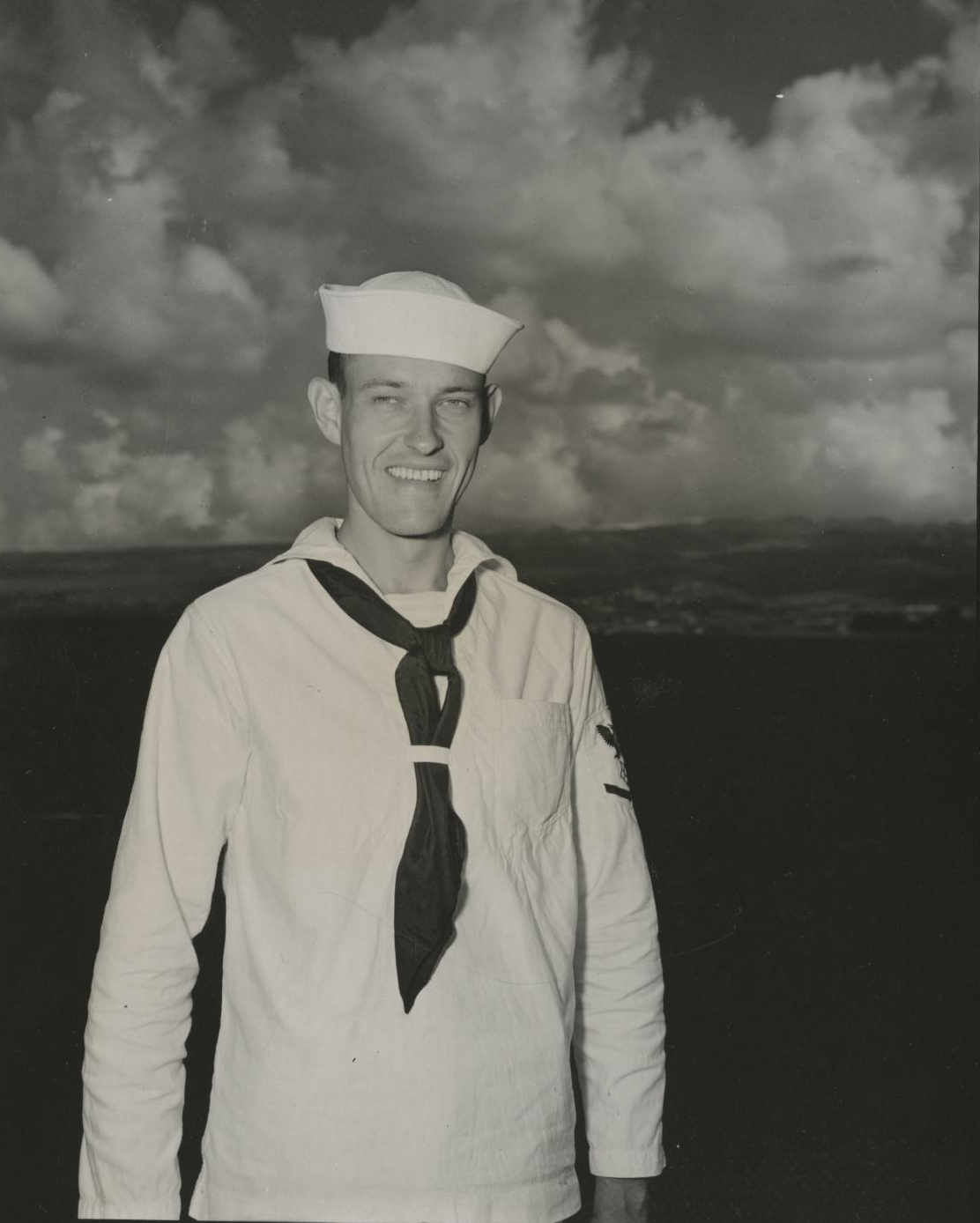Signed into law on May 29, 1973, Oregon Senate Bill 100 created an institutional structure for statewide planning. It required every Oregon city and county to prepare a comprehensive plan in accordance with a set of general state goals. While preserving the principle of local responsibility for land-use decisions, it established and defined a broader public interest at the state level.
As Oregon grew in the 1960s, Willamette Valley residents began to view development as an environmental disaster that wasted irreplaceable scenery, farmland, timber, and energy. Metropolitan growth was explicitly associated with the painful example of Southern California. Governor Tom McCall summarized the fears of many of his constituents in January 1973, when he spoke to the Oregon legislature about the "shameless threat to our environment and to the whole quality of life—unfettered despoiling of the land" and pointed his finger at suburbanization and second-home development.
SB 100 expanded and filled out SB 10, which had been adopted in 1969 and required cities and counties to prepare comprehensive land-use plans and zoning ordinances that met ten broad goals established by the state. The legislation failed to establish mechanisms or criteria for evaluating or coordinating local plans, however, and allowed some counties to opt for pro forma compliance. McCall's successful reelection campaign in 1970 called for strengthening SB 10. At the same time, 55 percent of the state's voters supported the law in a referendum. The legislature acted in 1973 to correct flaws in the 1969 law.
The greatest credit for passage of SB 100 went to Senator Hector Macpherson, a Linn County dairy farmer convinced of the need to fend off the suburbanization of the Willamette Valley. Drawing on his experience on the Linn County Planning Commission, Macpherson articulated the importance of a statewide planning program to protect and enhance agricultural investment. This served to dampen the demands of farmers to preserve property rights that would enable them to sell out to developers. When the leadership of 1971 legislature blocked formation of a formal interim study committee, Macpherson worked with McCall to set up an informal Land Use Policy Committee to suggest ways to improve SB 10.
In the 1973 legislature, essential help came from Senator Ted Hallock of Portland, Representative Nancie Fadeley of Eugene, and L.B. Day, a Teamster's Union official representing Willamette Valley cannery workers and a former director of the state Department of Environmental Quality. Hallock and Fadeley chaired the Senate and House Environment and Land Use committees. Day was the dominant influence among a task force of lobbyists whom Hallock called together to hammer out necessary compromises.
Opposition forced the deletion of two major provisions from the draft legislation. The first was the designation of "areas of critical state concern" where the state would have overriding control. The second was the designation of Councils of Government rather than counties as the bodies that would coordinate local plans. Forty-nine out of sixty legislators from Willamette Valley districts voted in favor of SB 100. Only nine of their thirty colleagues from coastal and eastern counties agreed.
Passage of SB 100 created the Land Conservation and Development Commission to oversee compliance of local planning with statewide goals, with staff support from the Department of Land Conservation and Development. As its first task, LCDC rewrote the state planning goals in 1974. The ten goals of the 1969 legislation were made more clear and precise, and four new goals were added. All fourteen goals were adopted in December 1974. An additional goal on the Willamette River Greenway was added in December 1975, and four goals focusing on coastal zone issues were added in December 1976. Often referenced by number rather than name, the goals are:
1. Citizen Involvement
3. Agricultural Land
4. Forest Lands
5. Open Spaces, Scenic and Historic Areas, and Natural Resources
6. Air, Water, and Land Resources Quality
7. Areas Subject to Natural Disaster and Hazards
8. Recreational Needs
9. Economy of the State
10. Housing
11. Public Facilities and Services
12. Transportation
13. Energy Conservation
14. Urbanization
15. Willamette River Greenway
16. Estuarine Resources
17. Coastal Shorelands
18. Beaches and Dunes
19. Ocean Resources
-
![]()
First page of Senate Bill 10.
Courtesy Oregon State Archives
-
![]()
First page of Senate Bill 100.
Courtesy Oregon State Archives
-
Willamette Valley north of Albany, about 1970.
Oreg. Hist. Soc. Research Lib., bb003272
Related Entries
-
Land Use Planning
In 1973, Oregon took a pioneering step in land use planning. Signed int…
-
![Robert Straub (1920-2002)]()
Robert Straub (1920-2002)
Robert W. Straub, Oregon’s thirty-first governor, was a plainspoken pol…
-
![Senate Bill 10]()
Senate Bill 10
The enactment of Senate Bill 10 in 1969 was a crucial step on the path …
-
![Thomas William Lawson McCall (1913-1983)]()
Thomas William Lawson McCall (1913-1983)
Tom McCall, more than any leader of his era, shaped the identity of mod…
-
Urban Growth Boundary
Each urban area in Oregon is required to define an Urban Growth Boundar…
Related Historical Records
Map This on the Oregon History WayFinder
The Oregon History Wayfinder is an interactive map that identifies significant places, people, and events in Oregon history.
Further Reading
Abbott, Carl and Deborah Howe. "The Politics of Land-Use Law in Oregon: Senate Bill 100, Twenty Years After," Oregon Historical Quarterly, 94 (Spring 1993): 5-35.
Abbott, Carl, Deborah Howe, and Sy Adler, eds., Planning the Oregon Way: A Twenty Year Evaluation. Corvallis: Oregon State University Press, 1994.
Rohse, Mitch. Land-use Planning in Oregon. Corvallis: Oregon State University Press, 1988.








